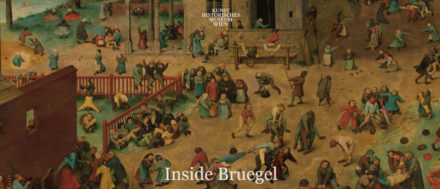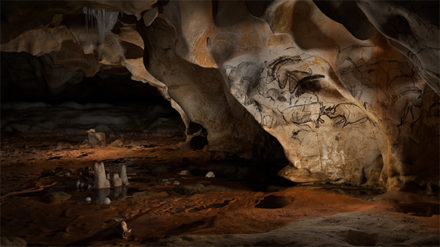
Tutankhamen as depicted on the north wall of the tomb of Tutankhamen in the Valley of the Kings. Photo: Giovanni Verri
As a wall paintings conservator and project specialist at the Getty Conservation Institute, I am a member of the team working on the multi-year project for the conservation and management of the Tomb of Tutankhamen undertaken in collaboration with the Egyptian Ministry of Antiquities. As part of this work, I’ve been studying the history of the tomb in order to understand the current condition and appearance of the wall paintings and to guide future conservation strategies.
The tomb has a long and varied history. Originally built as a non-royal tomb, it was hastily adapted after Tutankhamen’s early death and remained hidden until the 1920s when it became the famous site of archaeologist Howard Carter’s excavation. It has been a locus of international tourism ever since.
Each of these phases has impacted the status of the tomb and its wall paintings. For example, its hasty adaptation for Tutankhamen’s burial led to particularities in the execution of the paintings that are intimately connected with their condition and appearance today. The plaster cracks that evidence the drying of the thin plastering over the unusually rough cut of the underlying rock substrate in the burial chamber but do not pose an ongoing risk to the paintings, is one example.
Without a full understanding of the past history of the tomb, the wall paintings have been subject to a number of unnecessary interventions that were cosmetic in nature or were not responding to urgent conservation needs. Considering this, history can guide a conservation strategy that narrows in on only necessary interventions.
We will be presenting this research at the 18th Triennial Conference of the International Council of Museums Committee for Conservation (ICOM-CC) in Copenhagen during the Murals, Stone, and Rock Art working group session on Thursday, September 7, at 16:00 in Copenhagen. The results of this study are published in the conference preprints.
See all posts in this series »





How unfortunate to only receive this information 2 days before the event!
Wow. I had no idea that they’re in danger of being damaged.